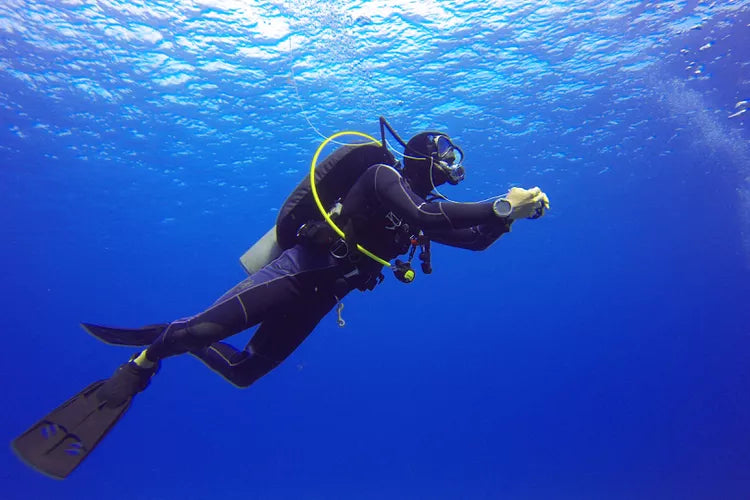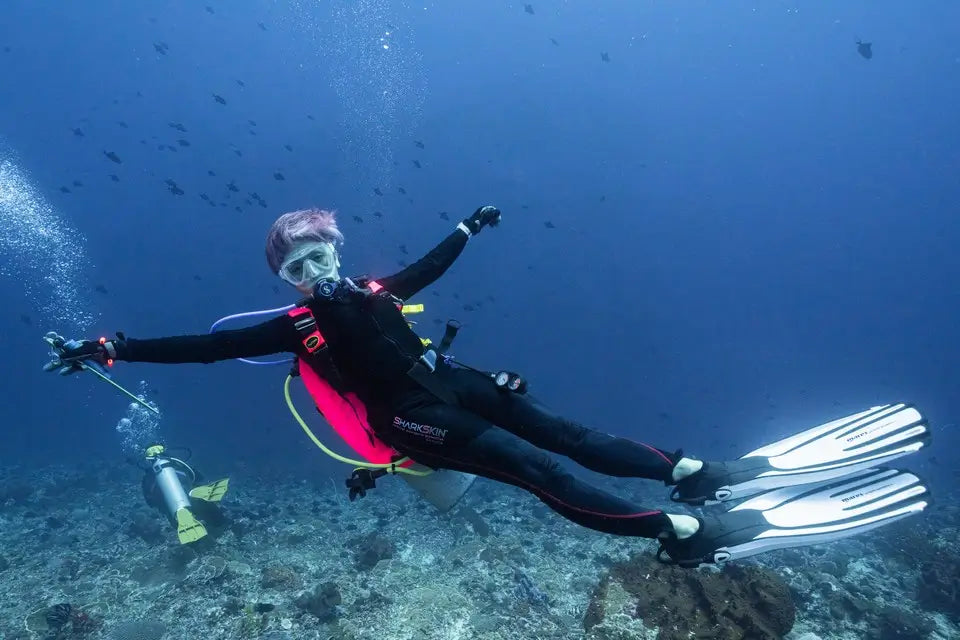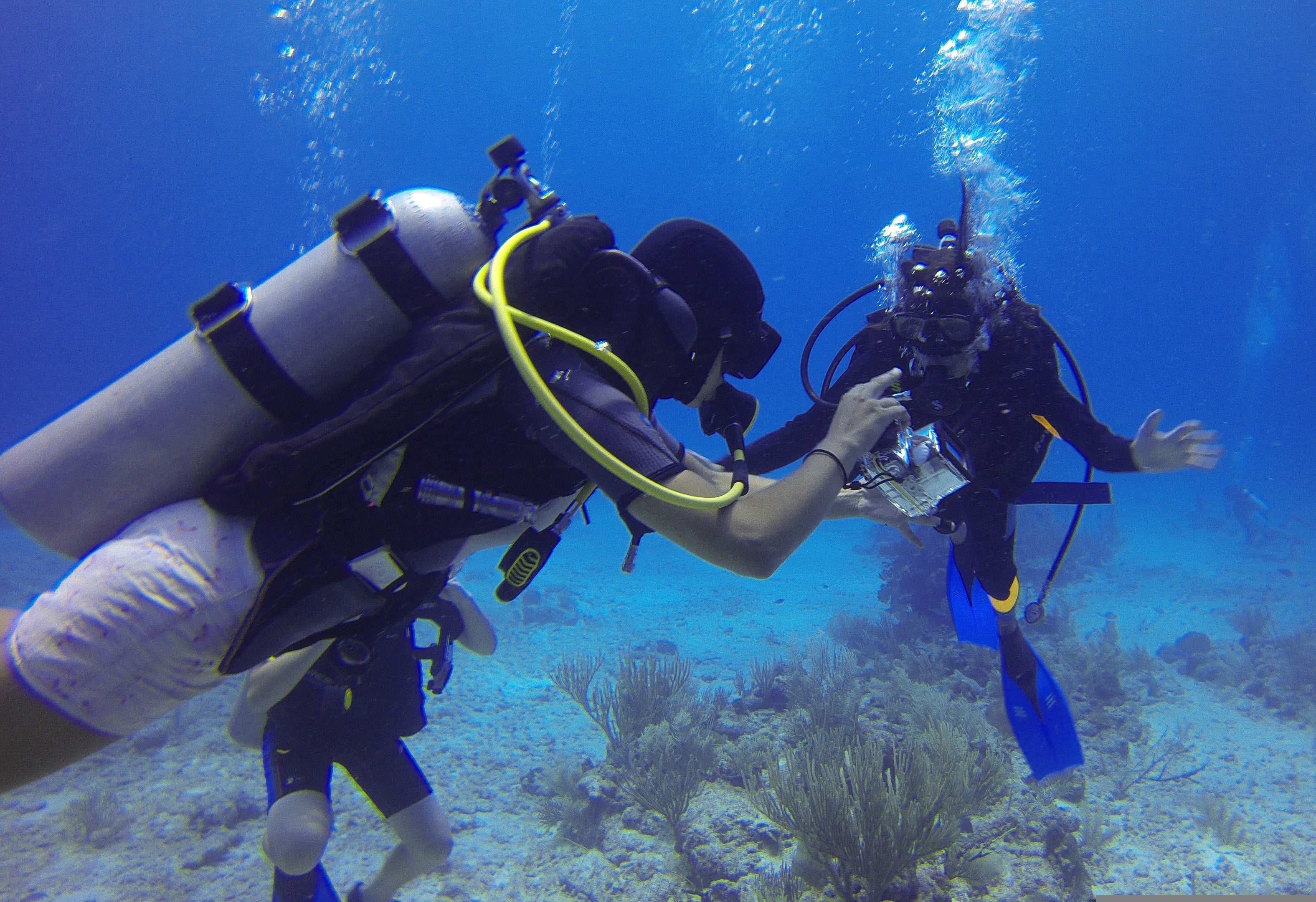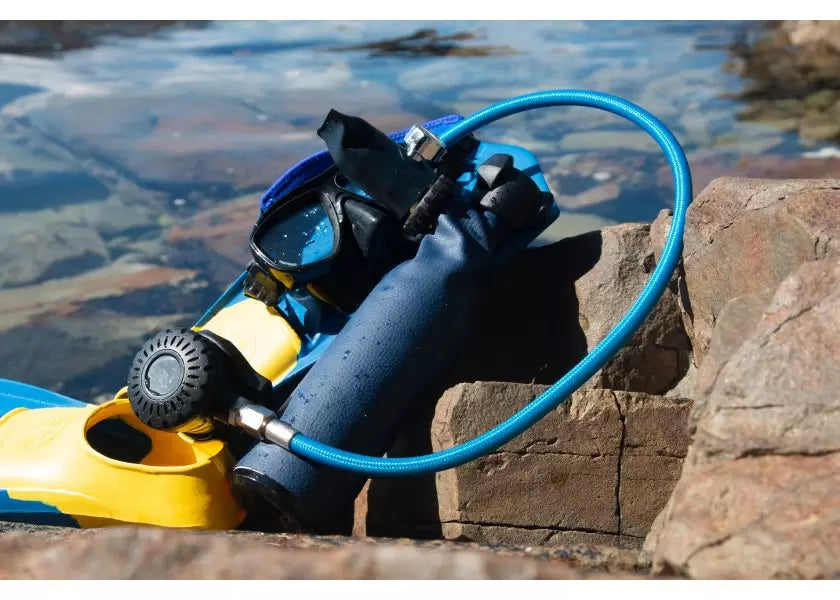
Small Diving Tank Valve Types丨K-Valve, DIN, and Pro Valve Explained
Small diving cylinder valves are distinguished by core differences: K-Valve (single/dual gauge residual pressure error ≤2bar, vent button torque 0.8-1.2N·m), DIN (M25×2 tapered thread seal, pressur...

Advanced Scuba Diver Techniques丨Mastering Buoyancy, Navigation & Photography
Buoyancy determines diving success—statistics show 80% of beginner divers consume 30% more air due to uncontrolled buoyancy, and it causes 72% of coral reef bottom-contact damage. For every 10 mete...

Steel Scuba Tanks: A Complete Guide to Types, Buoyancy & Maintenance (2025)
Steel scuba tanks are divided into HP High-Pressure Tanks (working pressure 200-300bar, e.g., a 300bar/12L tank stores 3600L of air) and LP Low-Pressure Tanks (150-200bar, suitable for beginners). ...

How to Choose a Refillable Mini Scuba Tank: lungs vs. Spare Air vs. Pony Bottles
Selecting an inflatable mini scuba tank requires considering capacity, pressure, and use scenario: Lung-powered breathing tanks mostly have small capacities of 0.5-1 liters, are manually inflated, ...

The Ultimate Guide to Mini Scuba Tanks: Sizes, Prices, and How to Choose (2025)
For choosing a mini scuba tank in 2025, first consider the size: mainstream is 0.5-2L, 1.2L aluminum tank is most commonly used (weighs 1.3kg, 200bar filling pressure, supports 10-15 minutes of rec...

Scuba Tank Sizes: Chart, Types, and How to Choose the Best for Your Dive (2025 Guide)
2025 Scuba Tank Selection Guide: Common sizes are dominated by the Aluminum Tank AL80 (80 cubic feet / about 2265 liters, stores 179 liters of gas at 200bar working pressure) and the Steel Tank SC7...